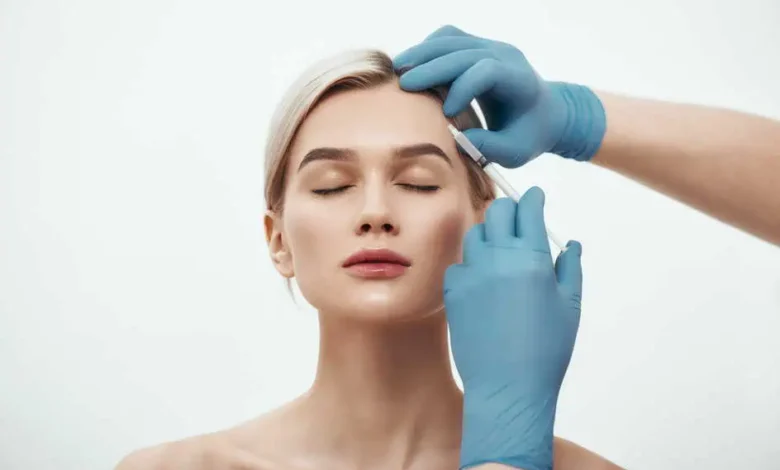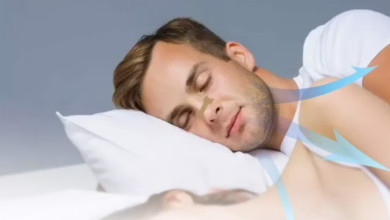Can Botox Help With Migraines and Excessive Sweating?

For many, the word Botox instantly brings to mind wrinkle reduction and cosmetic enhancements. However, this treatment has far more applications than just aesthetics. It is increasingly being used in the medical field to treat conditions such as chronic migraines and hyperhidrosis (excessive sweating).
With ongoing studies and positive patient experiences, it has become clear that Botox is more than just a beauty solution—it’s also a medical tool with life-changing benefits.
Botox for Chronic Migraines
Chronic migraines affect millions worldwide, often leading to debilitating pain, light sensitivity, and nausea. Traditional treatments such as over-the-counter painkillers or prescription medications don’t always work for everyone, leaving many searching for alternatives. This is where Botox has emerged as a promising option.
The treatment works by blocking the release of certain chemicals that transmit pain signals in the brain. By relaxing specific muscle groups in the head and neck, Botox can reduce the frequency and severity of migraines. According to the American Migraine Foundation, patients receiving Botox for migraines reported fewer headache days per month after completing multiple treatment cycles.
Most patients begin to notice improvements after two to three sessions, with injections administered in the areas around the forehead, temples, and neck. While it may not eliminate migraines, many people experience a significant reduction in both pain and frequency, thereby improving their overall quality of life.
See also: 2029496897 Sector Breakdown: Best Stocks to Invest in 2025
Botox for Excessive Sweating (Hyperhidrosis)
Hyperhidrosis, or excessive sweating, is another condition where Botox has proven highly effective. For those struggling with excessive sweating in areas such as the underarms, palms, or feet, the condition can be frustrating, uncomfortable, and even embarrassing.
Botox helps by blocking the chemical signals that activate sweat glands. Once injected into the affected areas, it effectively reduces sweating, a reduction that often lasts several months before a follow-up session is needed. Many patients describe the results as life-changing, as it allows them to feel more confident in social and professional situations without the constant worry of visible sweat.
Unlike deodorants or antiperspirants that only mask or temporarily block sweat, Botox addresses the issue at its source, providing longer-lasting relief. Clinical studies and real-world cases demonstrate that patients can experience a reduction of up to 80–90% in sweating, making it one of the most effective non-surgical solutions available.
The Procedure and What to Expect
Whether used for migraines or sweating, Botox treatments are quick and minimally invasive. The injections are typically done in a doctor’s office, with each session lasting about 15 to 30 minutes. While some patients report mild discomfort at the injection sites, the procedure generally does not require any downtime.
Results vary depending on the individual and the condition being treated. For migraines, it may take multiple sessions to experience full benefits. For hyperhidrosis, the effects are often noticeable within a few days to a week, with results lasting up to six months or more.
Safety and Side Effects
As with any medical treatment, it’s important to consider potential side effects. Common side effects of Botox include minor bruising, swelling, or tenderness at the injection site. Rarely, patients may experience temporary muscle weakness in the area where the injection was administered.
However, when performed by a qualified professional, Botox is considered a safe and effective treatment for both migraines and excessive sweating. Millions of people worldwide undergo the procedure each year with positive results. If you’re thinking it, consulting a board-certified provider ensures you receive proper care tailored to your specific condition.
Who Can Benefit Most?
Not everyone is a candidate for Botox treatments, but many patients with chronic migraines or hyperhidrosis find it beneficial when other treatments have failed. For instance, those who suffer from treatment-resistant migraines or individuals who experience excessive sweating that interferes with daily life may be ideal candidates.
It is also particularly useful for people who prefer a non-surgical, minimally invasive approach to managing these conditions. Botox provides a way to achieve noticeable results without the risks associated with more invasive procedures.
Final Thoughts
While Botox is often linked to cosmetic benefits, its role in treating chronic migraines and hyperhidrosis highlights its growing importance in modern medicine. From reducing headache frequency to controlling excessive sweating, it offers solutions that can significantly enhance comfort and confidence. For individuals struggling with these conditions, Botox may be more than just a treatment—it can be a gateway to a better quality of life.


